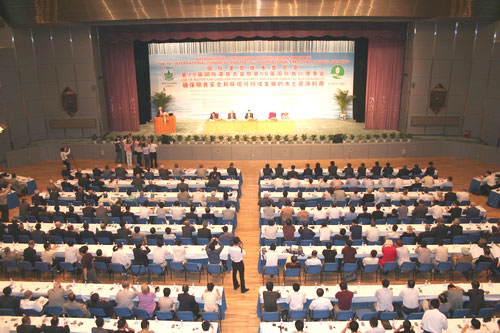
It is well known that agriculture is the single largest user of freshwater resources, using a global average of 70% of all surface water supplies. Except for water lost through evapotranspiration, agricultural water is recycled back to surface water and/or groundwater. The water that is lost through evapotranspiration leaves its share of salts in the irrigation water that returns to the other downstream water bodies. In addition, it carries with it various chemicals from fertilizers, pesticides and other additives used in crop production.Through desalinization and drainage practices to relieve waterlogging of irrigated land, the drainage water, rich in salts also poses a challenge, if not disposed of in a planned manner. At the same time there is a net loss of soil due to poor agricultural practices.
With increasing use of recycled wastewater, especially in developing countries of arid and semi-arid regionsand its likely impact to public health, food safety and environmental quality. Particularly in cases where the wastewater is a mix of domestic as well as industrial effluents, the presence of certain chemicals have impact not only the water but also the productivity of soil.
Pollution by sediment has two major dimensions – physical, and chemical.Sediment, as a physical pollutant, impacts receiving waters in the following ways. High levels ofturbiditylimit penetration of sunlight into the water column, thereby limiting or prohibiting growth of algae and rooted aquatic plants. The hypertrophic (nutrient rich) status of many shallow lakes, especially in developing countries, would give rise to immense growth of algae and rooted plants were it not for the limiting effect of light extinction due to high turbidity.High levels ofsedimentationin rivers lead to physical disruption of the hydraulic characteristics of the channel.
The role of sediment in chemical pollution is tied both to the particle size of sediment, and to the amount of particulate organic carbon associated with the sediment. Organic chemicals associated with sediment enter into the food chain in a variety of ways. Ultimately, toxic compounds bio-accumulate in fish and other top predators. In this way, pesticides that are transported off the land as part of the runoff and erosion process accumulate in top predators including man.
Related items you may like


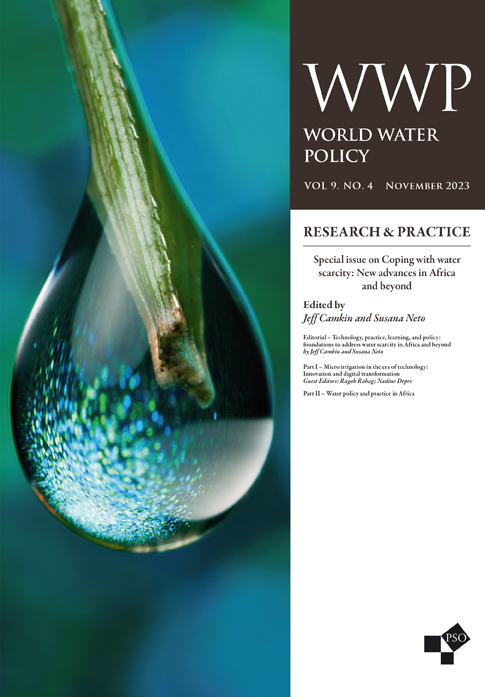
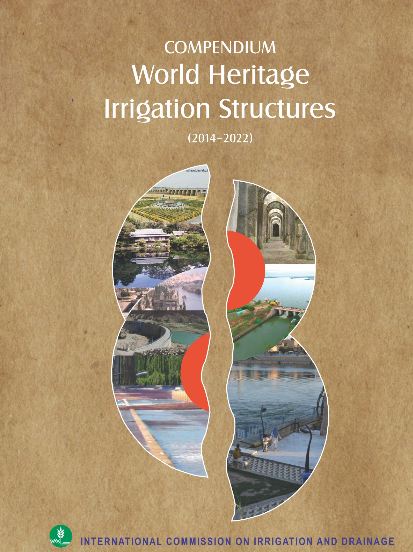







































































































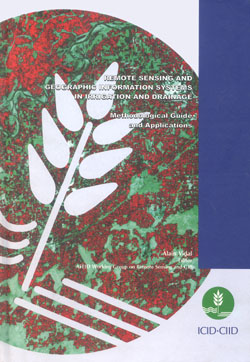



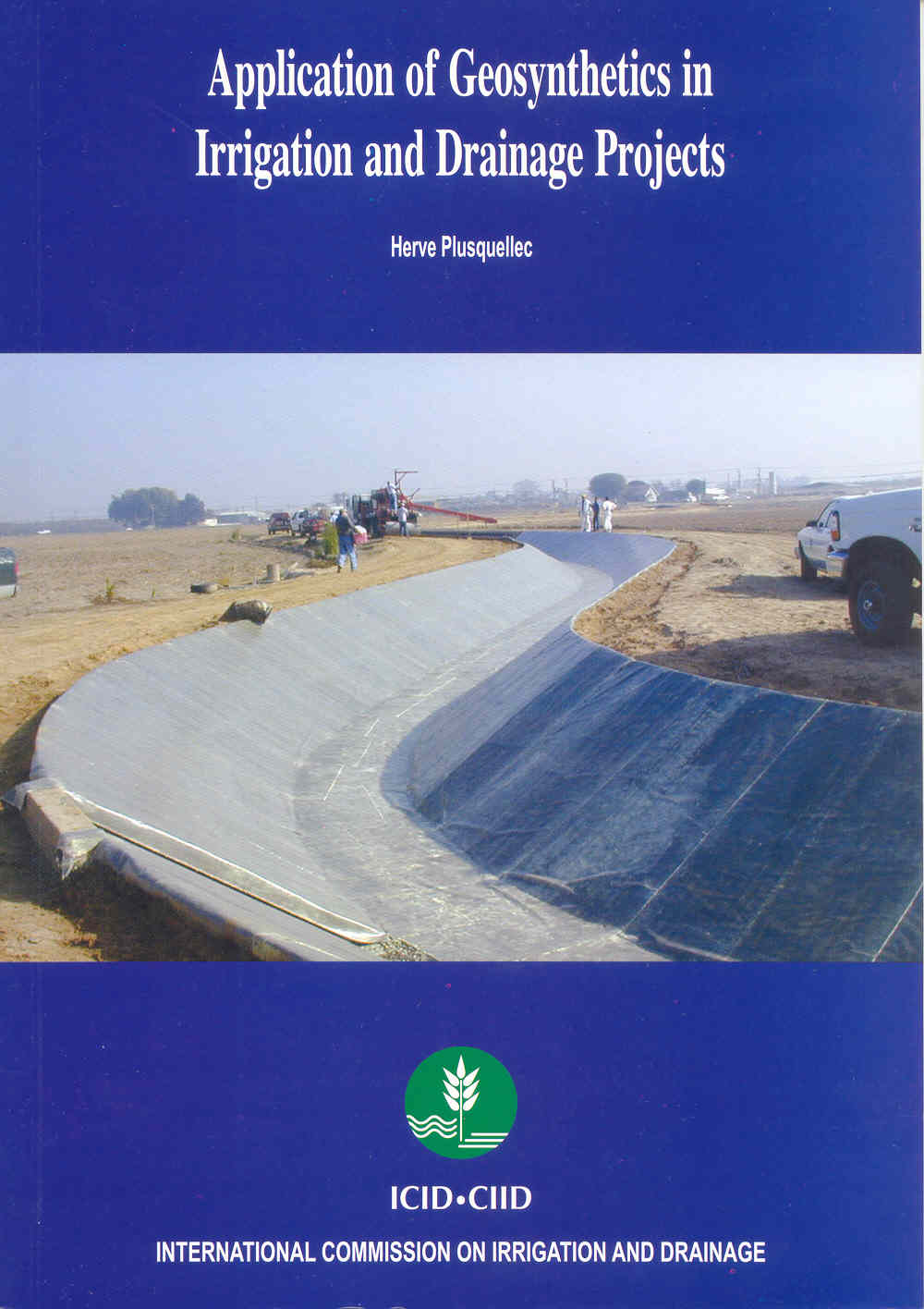

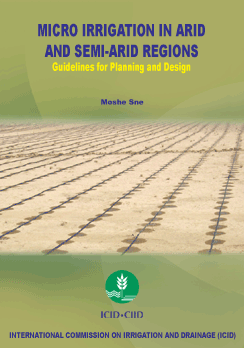
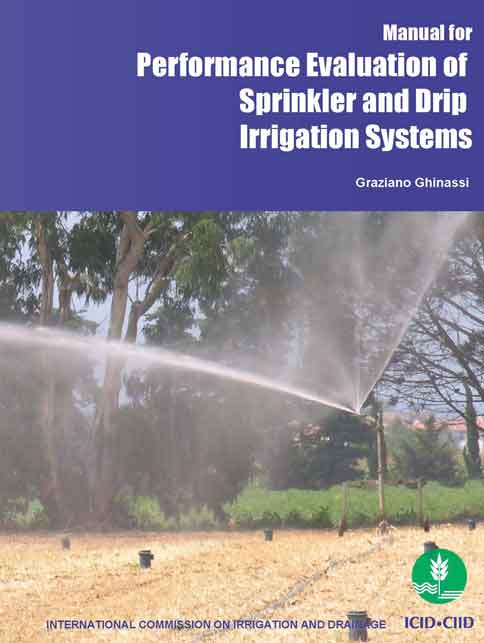



Irrigation
Sources of Irrigation
Irrigation History +
Sources of Irrigation +
IMPROVING SOIL MOISTURE +
Ponds +
Tanks +
Diversion Weirs +
Dams and Reservoirs +
Groundwater +
Conjunctive Water Use +
Wastewater +
Poor Quality Water +
Application of Irrigation water
Canal Irrigation +
Flood Irrigation +
Deficit Irrigation +
Supplemental Irrigation +
Sprinkler Irrigation +
Drip Irrigation +
Lift Irrigation +
Centre Pivot Irrigation +
Tidal Irrigation +
Micro-Irrigation Technologies for Small Holders +
Automatic Irrigation Systems +
Pressurized Irrigation +
Irrigation in Viticulture +
Purpose of Irrigation
Instruments and implements of Irrigation
Pumps +
Centrifugal Pumps +
Submersible Pumps +
Turbine and Jet Pumps +
Conveying Pipes +
Sprinklers +
Drippers +
Canal Automation Systems +
Irrigation Management
Economics of Irrigation System +
I&D System Types +
I&D Investment Functions +
I&D Management Issues +
Participatory I&D Management +
Equity in Irrigation +
Irrigation Services +
Irrigation and environment
Pollution and Irrigation +
Irrigation and Climate Resilience +
Environmental Aspects of Irrigation +
Environmental Impacts of Irrigation +
Green Lawn Irrigation +
Safe Use of Waste Water in Irrigation +
Organic Agriculture +
Soil Health +
Soil Health Management +
Quality of Irrigation Water +
Capacity Development
Drainage
Drainage Types and Systems
Agricultural Drainage +
Field Drainage systems +
Canal Irrigation and Drainage +
Surface Drainage Systems +
Subsurface Drainage +
Mole Drainage +
Bio-Drainage +
Regional Bio-Drainage +
Drainage Issues
- Irrigation pipe aqueduct, Pipe aqueduct, Pipe flume
- Syphon, Inverted siphon, Irrigation syphon, Canal syphon, Syphon superpassage
- Lift irrigation area, or Lift area
- Continuous-flow irrigation
- Night-storage irrigation system
- Intermittent-flow irrigation system
- Irrigation return flow
- Farm irrigation structures
- Collective irrigation system
- Individual irrigation system
- Perennial irrigation
- Seasonal irrigation
- Supplemental irrigation
- Systematic irrigation
- Flow irrigation, or Gravity irrigation
- Pumping irrigation
- Inundation irrigation
- Irrigation from a storage reservoir
- Irrigation from groundwater
- Irrigation by flood water spreading
- Sailab irrigation (a term used in India and Pakistan)
- Micro basin irrigation
- Irrigation by spreading
- Irrigation
- Irrigation interval
- Irrigation dose
- Ideal irrigation interval
- Irrigation season
- Fall irrigation (USA)
- Winter irrigation (USA)
- Early irrigation (USA)
- Sub-irrigation
- Overirrigation
- Irrigation canals
- Surface irrigation
- Flood irrigation
- Basin method of irrigation, or Irrigation by beds
- Flush irrigation
- Spate irrigation
- Border irrigation, or Border method
- Flooding from ditches, or (contour ditch irrigation)
- Corrugation irrigation
- Furrow irrigation
- Surge irrigation
- Duration of irrigation
- Secondary flow, Two discharge, or Cutback irrigation
- Primary flow irrigation (single discharge)
- Wave irrigation
- Irrigation through buried drains, Irrigation-drainage, or Vallenhove process
- Irrigation by nappe control, or Ramspol process
- Selection of irrigation parameters
- Sprinkler irrigation
- Irrigation terminal
- Irrigation device
- Perforated pipe sprinkler irrigation
- Irrigation sprinkler machine
- Centre pivot irrigation
- Lateral-move irrigation machine sprinkler method
- Solid set irrigation
- Piloting of irrigation
- Irrigation cycle
- Micro-irrigation, Localized irrigation, Drip irrigation, Trickle irrigation
- Mobile micro-irrigation
- Pulse irrigation
- Surface drip irrigation
- Buried drip irrigation
- Drip irrigation functioning by propulsions
- Micro-irrigation network
- Micro-irrigation nozzle-line
- Irrigation dose
- Semi-automatic control (of irrigation)
- Micro-irrigation system with hydraulic sequential operation
- Automatic control (of irrigation)
- Porous wall microirrigation tubing
- Proportional irrigation pump
- Irrigation water
- Irrigation water requirement, Irrigation need
- Net irrigation requirement, Farm delivery requirement, or Delta at farm
- Crop irrigation requirement
- Diversion requirement, Gross irrigation requirement, or Delta at head of main canal
- Optimum irrigation requirements
- Irrigation efficiency, Farm irrigation efficiency, Farm delivery efficiency, Water conveyance and delivery efficiency, or Overall efficiency
- Irrigation water-requirement
- Subirrigation
- Surge irrigation
- Irrigation water use efficiency
- Unit irrigation efficiency
- Economic efficiency of irrigation
- Irrigation efficiency
- Agronomic efficiency of irrigation or Agronomic productivity of irrigation
- Degree of durability of irrigation
- Programmed irrigation
- Fully automatic irrigation system
- Irrigation development project or system
- Pollution
- Environmental pollution
- Pollution load
- Non‑point pollution
- Air pollution
- Air pollution event
- Land pollution
- Water pollution
- Thermal pollution
- Pollution plume
- Agricultural pollution
- Irrigation
- Surface irrigation
- Basin Irrigation
- Overhead irrigation
- Sub‑irrigation
- Microirrigation
- Trickle irrigation
- Drip irrigation
- Total irrigation
- Supplemental irrigation
- Preplant irrigation
- Organic irrigation
- Conjunctive irrigation planning
- Irrigation project
- Pollution abatement
- Irrigation potential
- Assessment of irrigation charges
- Irrigation cess
- Water rate, Water charge, Irrigation rate, or Irrigation assessment
- Primary benefits, Primary effects, Direct irrigation benefits, or Direct irrigation effects
- Secondary benefits, Secondary effects, Indirect irrigation benefits, or Indirect irrigation effects
- Pollution abatement benefits
- Economic value of unit of irrigation water
- Revenue value of a unit of irrigation water











